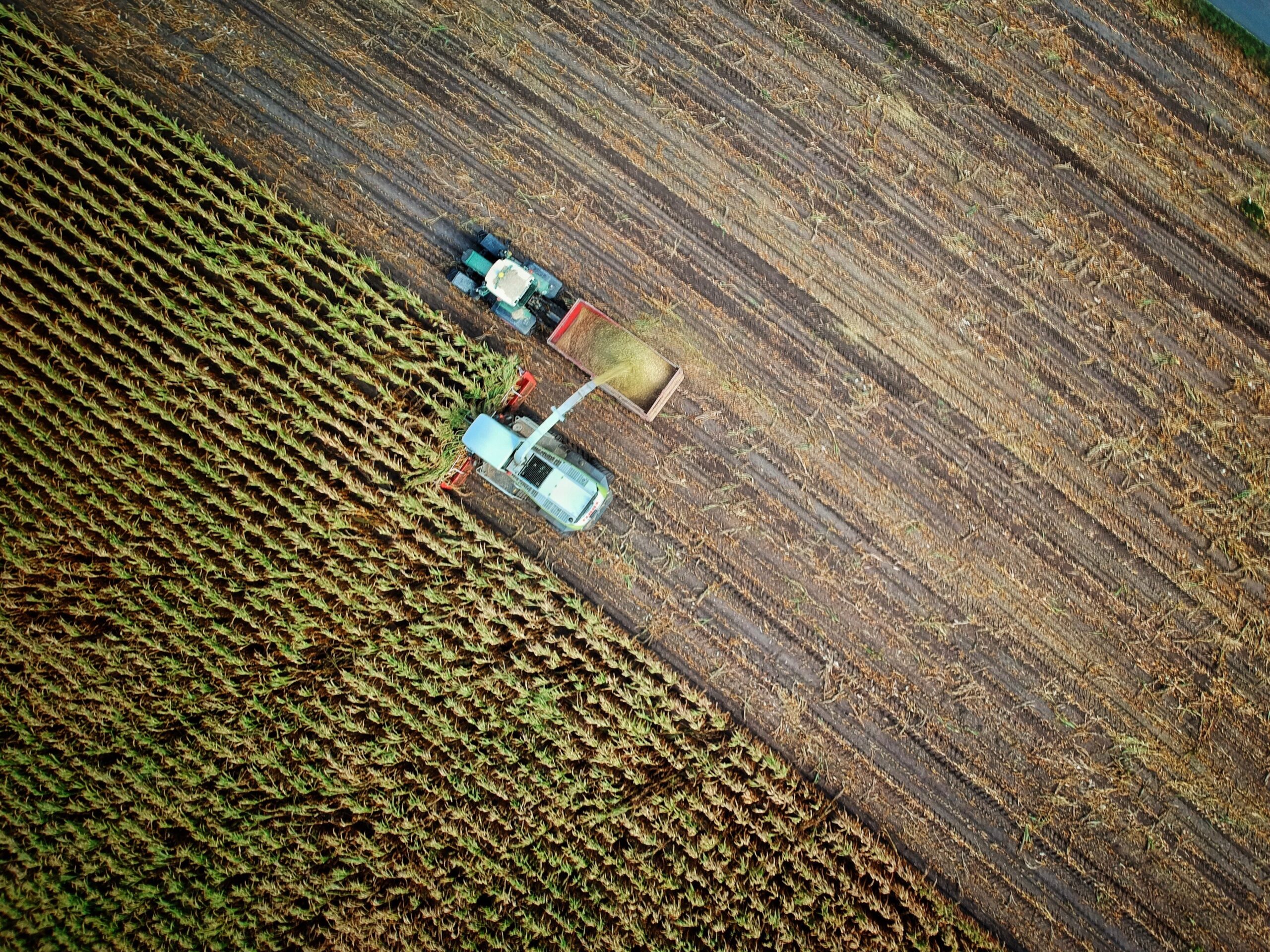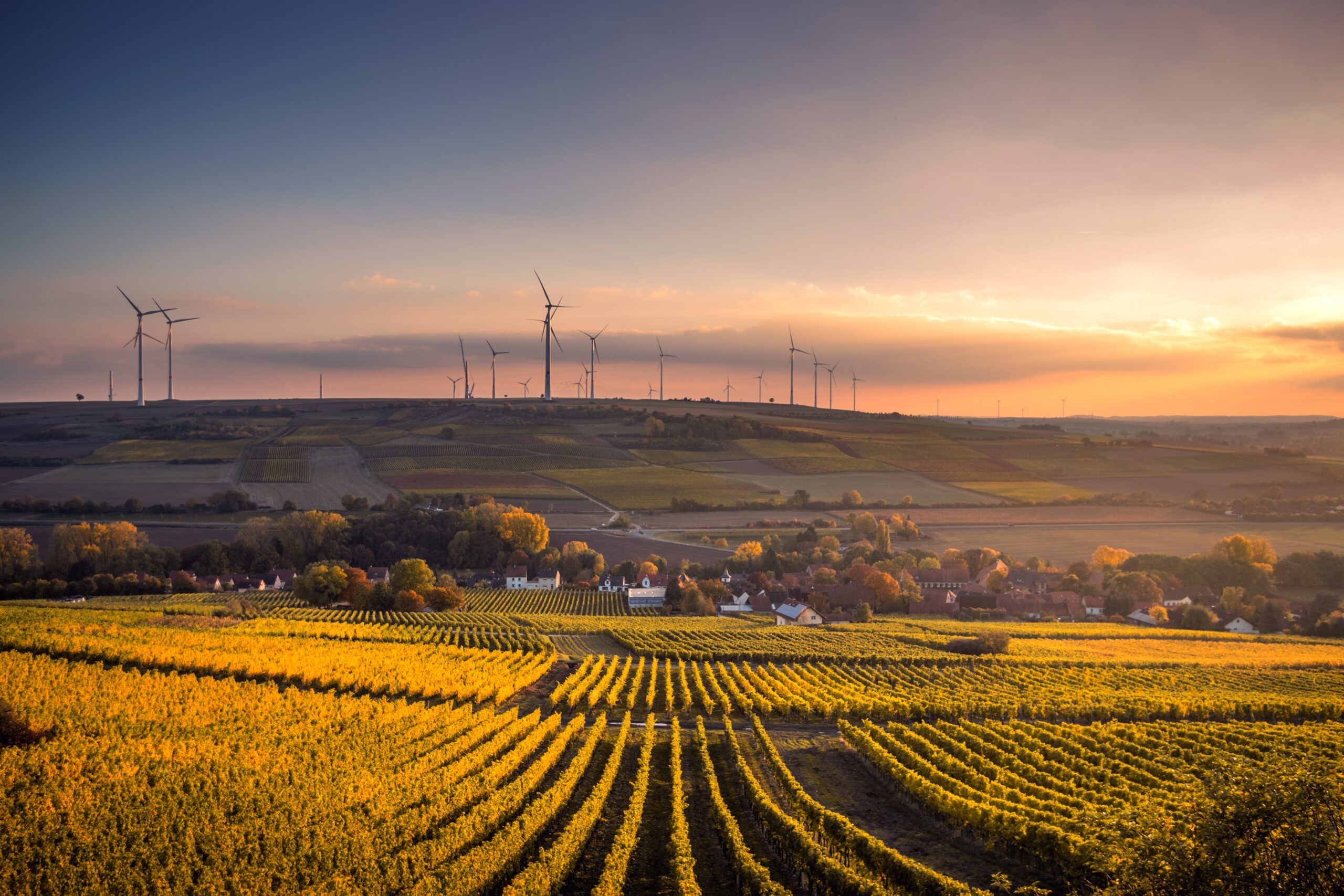Intensive agriculture is a modern farming method characterized by the high use of labor, capital, and technology in maximizing crop production across limited land areas. This technique is different from extensive agriculture, which involves cultivating large land areas with low inputs, resulting in low yields.
In this section, we will explore the intensive agriculture definition, provide examples of how it works in practice, and compare it to extensive agriculture. Understanding the advantages of intensive agriculture is crucial for developing sustainable food production systems capable of meeting growing food demands while conserving natural resources.
Read on to learn more about the benefits of intensive agriculture in maximizing crop yields, promoting sustainable food production, and minimizing environmental impacts.
Maximizing Crop Yields in Intensive Agriculture
Intensive agriculture is a highly efficient method that maximizes crop yields, helping to sustainably meet the growing demand for food worldwide. This method relies on innovative techniques and technologies that enhance productivity while minimizing resource usage.
One of the main benefits of intensive agriculture is its ability to produce more food in less land areas compared to extensive agriculture. This is achieved through techniques such as crop rotation, precision farming, and irrigation management. These practices help to optimize soil fertility, minimize pests and disease incidence, and conserve water resources.
Another advantage of this method is the ability to increase crop yield through genetic modification and selective breeding. These advancements have led to the creation of high-yielding crop varieties that are more resistant to pests and diseases and require fewer resources.
Maximizing crop yields through intensive agricultures is essential for sustainable food production. As the global population continues to grow, more food needs to be produced with the limited resources available. Intensive agricultures provides a solution that increases crop yields while minimizing resource usage and environmental impact.
Supporting Sustainable Food Demands through Intensive Agricultures
Extensive vs intensive agriculture means of supporting sustainable food production to meet the demands of the growing global population. By focusing on maximizing crop yields while minimizing resource usage, intensive agriculture helps reduce the environmental impact of farming practices.
The benefits of intensive agricultures include efficient land utilization, reduced chemical inputs, and potential reductions in land areas required for cultivation. By utilizing innovative technologies and techniques, such as precision farming and hydroponics, intensive agricultures supports the production of high-quality crops and minimizes environmental impact.
However, there are concerns about the potential negative impact of intensive agriculture examples, such as soil degradation, loss of biodiversity, and the use of excessive chemical inputs. Farmers can mitigate these impacts by implementing sustainable farming practices, such as crop rotation, integrated pest management, and conservation tillage.
Overall, intensive agricultures has significant benefits for sustainable food production. With a focus on maximizing crop yields while minimizing resource usage and environmental impact, this farming method is crucial in meeting the increasing demand for food in a sustainable manner.



